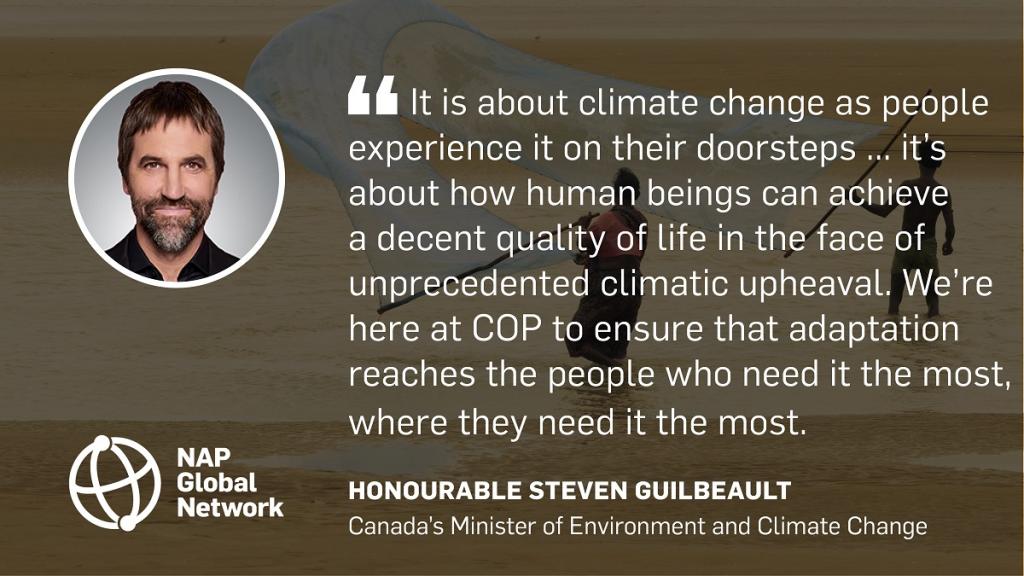What Does the Global Minimum Tax Deal Mean for Developing Countries?
Just months after the global minimum tax was approved by over 130 countries, the agreement is quickly on its way to becoming a reality. With rules for the tax’s implementation now unveiled and some governments already preparing to bring the tax into effect by next year, what impact could this have for developing countries and how should they prepare?
The global minimum tax was agreed in October 2021 between 136 (now 137) of the 141 countries who are members of the Organisation for Economic Co-operation and Development (OECD)/G20 inclusive framework on tax base erosion and profit shifting (BEPS), capping years of negotiations. The long-anticipated deal is designed to ensure that multinational enterprises (MNEs) will be subject to a minimum 15% tax rate in every country of operation from 2023, thus preventing situations where these MNEs take advantage of differing tax regimes between jurisdictions and effectively avoid paying tax.
While the headlines around the agreement have largely focused on taxing the digital economy, the global minimum tax, which is the second pillar of the overall global tax reform agreement, should have more of an impact on developing countries. It should reduce the use of tax havens by MNEs to shift profits out of their main operating companies. The global minimum tax could also limit tax competition between developing countries in a range of economic sectors, such as mining, manufacturing, or telecommunications, reversing a decades-long “race to the bottom” on corporate taxation.
While the headlines around the agreement have largely focused on taxing the digital economy, the global minimum tax should have more of an impact on developing countries.
Two months after the global minimum tax deal was announced, the OECD published rules for countries to implement it. Some countries are already taking steps to begin implementation as early as next January.
The OECD is eyeing a rapid implementation timeline and plans to release a commentary explaining the recently issued rules in March while launching a related consultation. The consultation is mostly addressed to businesses and tax experts, with the goal of clarifying some of the most complex elements of the global minimum tax rules. The template for global minimum tax rules should not change.
The Potential Impact
The OECD/G20 deal should increase tax collection in most countries, which could be a major step forward in supporting the achievement of the Sustainable Development Goals (SDGs). Target 17.1 of the SDGs, for example, calls upon governments to “strengthen domestic resource mobilization, including through international support to developing countries to improve domestic capacity for tax and other revenue collection.”
This is an important outcome, given that corporate income taxes can provide governments with crucial revenue for achieving public policy objectives. Corporate income tax rates have been declining for decades because of tax competition. Developing countries in particular rely more heavily on corporate income tax revenue, and given the economic toll of the ongoing COVID-19 pandemic over the past 2 years, these governments need to find resources to finance better physical and digital infrastructure.
This is an important outcome, given that corporate income taxes can provide governments with crucial revenue for achieving public policy objectives.
However, in practice, the impact of the global minimum tax rules will depend on their interaction with domestic tax policies and on how different countries change their fiscal regimes as a result.
Firstly, offshore investment centres such as the Cayman Islands, Bermuda, or the British Virgin Islands will have no reason to continue to offer reduced or zero income tax rates to multinational companies. Some countries are already planning to change their headline corporate tax rate. This could make them less attractive for MNEs, possibly leading to a “reshoring” of taxable profit to other countries.
Secondly, developing countries may find that the global minimum tax could actually lead to tax revenue being lost to other jurisdictions. Developing countries are typically not considered tax havens, given that they often have relatively high headline corporate income tax rates. But after decades of giving tax exemptions to specific sectors, investors, or regions, the effective tax rate paid by many large companies can be quite low. Under global minimum tax rules, which set a 15% minimum benchmark, developing countries whose tax incentives lead to an effective tax rate below 15% may find themselves in effect giving up tax revenues to the jurisdiction where the MNE is based. Because the jurisdiction where the MNE is based will be collecting the minimum tax itself, developing country governments might not even be aware that this is happening.
Developing countries should therefore review their domestic tax and investment frameworks to identify and modify those tax incentives that will be affected by a global minimum tax. The timing for this work is crucial, and governments need to start now. Tax incentives are often included in laws, regulations, contracts, or other legal instruments, which may be protected by stabilization provisions. These stabilization provisions often make these tax incentives difficult to change, especially for those investment projects that are already underway. Amending tax or investment laws, as well as sectoral codes, also takes time. Reviewing investment contracts will take even more time, effort, and political capital.
That is why IISD has joined forces with the International Senior Lawyers Project (ISLP) to publish a guide for policy-makers in developing countries as they consider revising domestic tax incentives that could be affected by a global minimum tax. As the new global tax deal is implemented worldwide, we should ensure that multinational firms pay tax first and foremost in the developing countries where they operate, extract, and generate profits.
